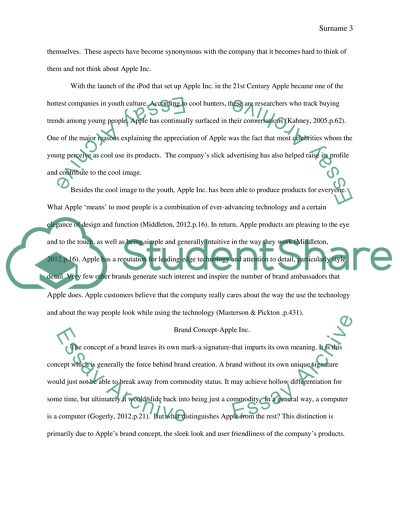Cite this document
(“Marketing Principles and Practices - (2013_14) Essay”, n.d.)
Marketing Principles and Practices - (2013_14) Essay. Retrieved from https://studentshare.org/marketing/1490701-marketing-principles-and-practices
Marketing Principles and Practices - (2013_14) Essay. Retrieved from https://studentshare.org/marketing/1490701-marketing-principles-and-practices
(Marketing Principles and Practices - (2013_14) Essay)
Marketing Principles and Practices - (2013_14) Essay. https://studentshare.org/marketing/1490701-marketing-principles-and-practices.
Marketing Principles and Practices - (2013_14) Essay. https://studentshare.org/marketing/1490701-marketing-principles-and-practices.
“Marketing Principles and Practices - (2013_14) Essay”, n.d. https://studentshare.org/marketing/1490701-marketing-principles-and-practices.


